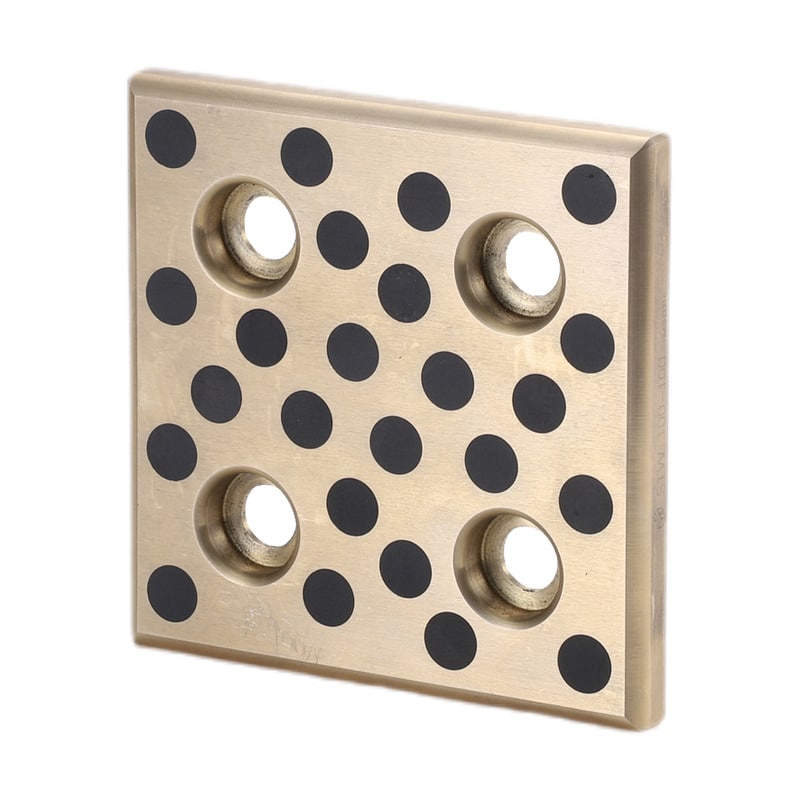The Most Common Types of Bronze Bearings Used in Hydro Turbines
Hydro turbines are a cornerstone of hydroelectric power generation, harnessing the energy of flowing water to produce electricity. One of the critical components ensuring their efficient and long-lasting operation is the bearing used within these systems. Bronze bearings, in particular, are extensively used due to their durability and resistance to corrosion in wet environments. This article explores the most common types of bronze bearings used in hydro turbines and why they are preferred.
Understanding Bronze Bearings
Bronze is an alloy consisting primarily of copper, with tin typically as the second primary element. It may include other metals such as aluminum, nickel, and phosphorus to enhance specific properties. Bronze bearings are favored in hydro turbines for their strength, resistance to wear and corrosion, and excellent compatibility with lubrication systems, which is crucial in the high-moisture environment of hydro power plants.
Types of Bronze Bearings Used in Hydro Turbines
1. Leaded Tin Bronze Bearings
Leaded tin bronze bearings, often referred to by their common alloy designation (C93200, C93400), are popular in hydro turbine applications due to their excellent machinability, good resistance to fatigue, and compatibility with slightly misaligned conditions. The lead content in these bearings offers lubricity, which is vital for reducing friction and wear in the absence of adequate lubrication.
2. Aluminum Bronze Bearings
Aluminum bronze bearings (alloys like C95400 and C95500) are known for their superior strength and excellent corrosion resistance. These bearings are particularly useful in applications involving high loads and high speeds. Aluminum bronze’s resistance to oxidation and cavitation makes it exceptionally suitable for the dynamic conditions in hydro turbines.
3. Manganese Bronze Bearings
Manganese bronze bearings (C86300, for example) are another type used in hydro turbines, valued for their high strength and excellent resistance to impact. This type of bronze bearing is suitable for parts subjected to high loads and requiring good wear resistance. Manganese bronze can handle both high loads and the abrasive particles often present in the water in hydroelectric power plants.
4. Phosphor Bronze Bearings
Phosphor bronze bearings (C51000, C52100) are used for their fine grain, superior mechanical properties, and excellent fatigue resistance. These bearings are particularly effective in maintaining their integrity under the cyclical loads typical in turbine operations, offering a long service life and reliability.
5. Nickel Aluminum Bronze Bearings
Nickel aluminum bronze bearings (C95800) provide excellent corrosion resistance, particularly against seawater and other harsh environmental conditions. This type makes them ideal for turbines in marine environments or where the water has high salinity.
Advantages of Using Bronze Bearings in Hydro Turbines
- Corrosion Resistance: Bronze bearings resist the corrosive effects of water and the chemicals present in natural and treated water.
- Durability: The robust nature of bronze alloys allows for prolonged operational life, reducing downtime and maintenance costs.
- Self-lubricating Features: Some bronze bearings include additives that enable them to self-lubricate, which is crucial in environments where maintaining consistent lubrication is challenging.
Material Characteristics
Bronze
- High corrosion resistance and low friction coefficient in seawater.
- Excellent pressure resistance, abrasion resistance, machinability, and mechanical properties.
Phosphorous Bronze
- Superior corrosion and abrasion resistance.
- Exceptional hardness, making it ideal for machine parts such as rollers, gears, and worm gears.
Lead Bronze
- Suitable for applications involving soft shafts.
- Ideal for parts requiring high contact pressure.
- Offers excellent pressure and abrasion resistance.
High Strength Brass
- Appropriate for low and medium speed applications under high load.
- Features high strength and hardness.
- Excellent corrosion and abrasion resistance under high load conditions.
Aluminum Bronze
- Suitable for high temperature and repetitive load scenarios.
- Exhibits high strength and toughness.
- Provides excellent corrosion and heat resistance.
Conclusion
Bronze bearings play an integral role in the performance and longevity of hydro turbines. The selection of the appropriate type of bronze bearing depends on specific operational requirements, including load, speed, alignment, and environmental conditions. Leaded tin bronze, aluminum bronze, manganese bronze, phosphor bronze, and nickel aluminum bronze are among the most common choices, each offering distinct advantages that make them suitable for different aspects of hydro turbine operation. Understanding these choices helps in optimizing the efficiency and durability of hydro turbines, recognized to more sustainable and cost-effective hydroelectric power generation.








